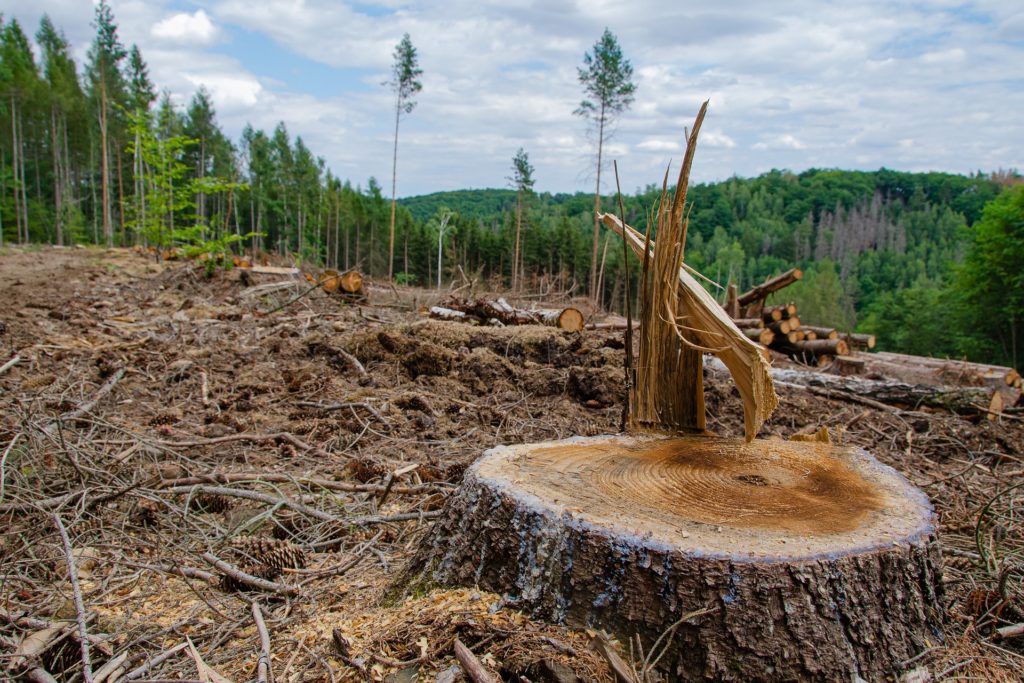Let’s face it— the litany of climate change impacts on human health and the environment continue to mount. More frequent, extreme, and variable weather events resulting from global warming are linked to growing rates of infectious diseases, food insecurity, biodiversity loss, deforestation, climate migration and damage to soft and hard infrastructure. This just names a few of the impacts that jump out of the headlines. Throughout history, weather and disease incidence have been closely linked. Studies from Chennai, India reviewing information from 1901-1940, found strong linkages between extreme weather events, flooding and drought, and the seasonality of cholera occurrence. More recently, in Rwanda, following a period of El Niño driven flooding, the country experienced a threefold increase in the malaria infection rate. It has also been observed that incidents of the plague— the cause of massive epidemics that killed millions in the Middle Ages in Europe and still persists in parts of the world today— are linked to warmer and wetter conditions as fleas seek out new hosts due to the drop in rodent populations.
Building off a growing body of evidence, and with history as our guide or perhaps indicator, climate change as a risk multiplier in the geographic spread and rapid rise of infectious diseases has been gaining more and more focus as epidemiologists, climate scientists, and biologists highlight how warming of the planet supports an environment conducive to disease growth and transmission. Further driving this process are migration and changes in settlement patterns, leading people to convert natural environments into towns and cities and causing increased risk through evolving interactions with pathogens in these areas that populations have not encountered in the past.
Impact on Vector-borne, Zoonotic and Infectious Diseases
Bugs like warm, wet weather. Particularly prominent in these shifts are increases in vector-borne zoonoses and infectious diseases that are especially attuned to thermal and precipitation conditions such as malaria, dengue, and Lyme disease. Warmer and wetter environments optimize vector survival and biting rates as well as the incubation of pathogens as observed from the examples from Rwanda and the plague above. These conditions also provide an ideal setting for waterborne diseases as stagnant and contaminated pools of water provide a rich breeding ground, not just for mosquitos, but for cholera or hepatitis E as well. Additionally, extreme weather driven by climate change could cause damage to water treatment infrastructure, raising the risk of disease by hampering the ability of water treatment for human consumption.
In some regions, climate change driven shifts in the seasonality of weather are leading to longer, warmer and wetter seasons combined with shorter cold and dry periods, causing shifts in the geography of infectious diseases. Increases in temperatures support the migration of infectious diseases into regions they previously did not exist. For example, research has observed that as temperatures increase, malaria will move to higher altitudes and threaten populations not previously exposed to the disease.

Deforestation— whether driven by unabated rapid urbanization (an estimated 68% of the world’s population will live in urban areas by 2050) or economic development— is a significant contributor to climate change and is leading to increases in infectious disease prevalence due to changes in human and animal interaction. One well documented case is that of Liberia where commercial agricultural driven deforestation for palm oil plantations resulted in a rapid increase in the rodent population that drove a Lassa Fever outbreak that killed 36% of infected people.
Coordination needed in a changed climate world
The information in these studies highlight the importance of linking climate data and disease surveillance and coordination between the health and climate science communities. Only then can we improve our understanding of the links and our ability to predict future outbreaks and support preparedness. As the on-going COVID-19 pandemic has shown, surveillance and advance warning of potential infectious disease outbreaks are critical to protecting human health and development gains made over the last 60 years. It is therefore critical that the health and climate change fields continue to advance our understanding of how changes in our climate systems contribute to emerging and re-merging infectious disease outbreaks and impacts the infrastructure needed to respond. We must bring together disease surveillance tools and methodologies with climate data and modeling, as well as on-the-ground reports, to map and track potential outbreaks. The historic record and recent experiences of infectious disease outbreaks linked to extreme weather events and climatic conditions, provides more than enough evidence of the risks that a changed climate present. We must heed the warnings this poses for our connected world.

